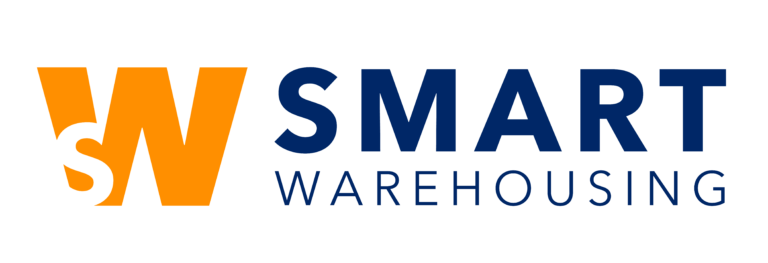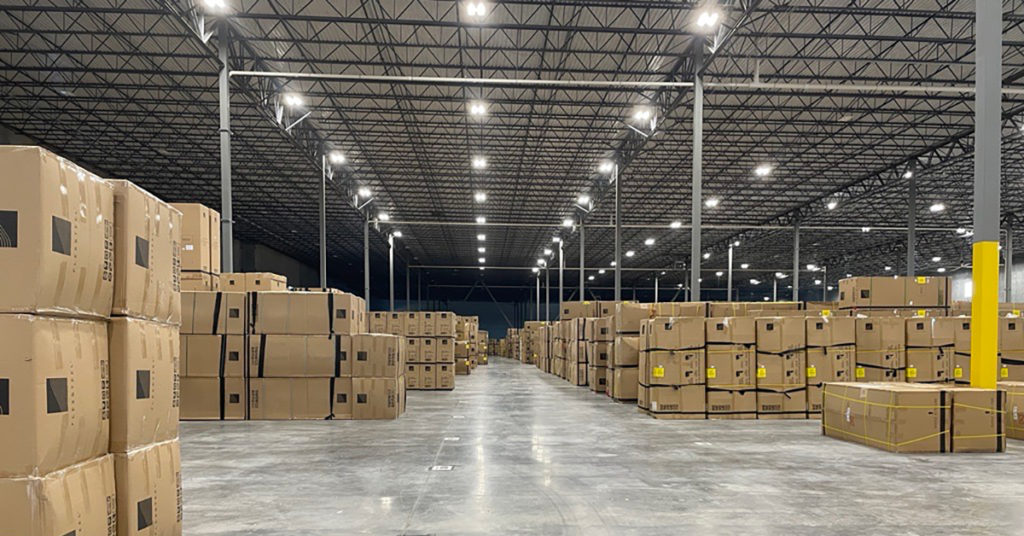Recent supply chain disruptions including retailers canceling bulk orders, redirecting of shipments among U.S. ocean ports, and record-low warehouse vacancy rates have left many companies holding on to excess inventory. Retailers are responding by offering discounts to help lower inventory levels, but is this the best solution for retail suppliers and ecommerce businesses? With goals of maximizing profit and minimizing investment, many companies are recognizing third-party warehousing as the ideal solution.
Why Partner with a 3PL Warehouse for Inventory Management?
Partnerships are essential in a time of supply chain disruption. If a company is experiencing the effects of recent disruption and growing unpredictability, adding flexibility through a 3PL partnership can mitigate risk and uncertainty. Utilizing 3PL warehousing for overflow inventory provides a cost-effective solution that allows businesses to only pay for the space they need with the option to scale. Some companies may opt to expand their own warehousing capacity to accommodate overflow inventory. This option requires large investments in resources and potentially having space sit empty during periods of lower inventory. Whether the reason is expected (peak season, new product launch) or unexpected (large volume of returns, sudden changes in consumer demand), supply chain leaders must determine which warehousing solution makes the most sense for the budget AND for the future.
Some other suggested overflow solutions include improving inventory management (control, tracking, updates, etc.) and creating overflow locations. A 3PL warehousing partnership can serve as an overflow location while providing improved inventory management. More companies continue to turn to 3PLs for warehousing and fulfillment because of the extensive benefits. Working with a 3PL can save money, improve efficiency, and free up time for companies to focus on their core business.
Common Causes of Inventory Overflow
Inventory fluctuation issues arise from more than product seasonality and the holiday shopping season. Incorrect forecasting, changes in consumer spending, canceled orders from retailers, and record-low warehouse vacancy rates are just a few unexpected causes affecting businesses in 2022. The unpredictability of the supply chain has often left businesses dealing with excess inventory, but recent disruptions have made inventory management more complex than ever.
The swift changes in consumer spending have negated 2022 inventory forecasts. In 2021, increased consumer spending contributed to wide-spread inventory shortages. Many companies responded by increasing their inventory levels heading into 2022, but inflation redirected the consumer dollar from luxury goods to groceries and other necessities. In addition to offering discounts on items to reduce inventory, retailers are canceling orders with their suppliers. Canceled bulk orders, among other things, have left retail suppliers with unplanned excess inventory at a time when warehouse vacancy rates are at an all-time low.
Considering the unpredictable nature of supply chain, it pays to be able to secure additional warehouse space in the eleventh hour.
– Beyond Warehousing Client
A Quick Overflow Storage Case Study:
A large furniture distributor reached out to Beyond Warehousing after running out of storage space in their own warehouse. The distributor had approximately 1200 containers in U.S. ports that were acquiring over $1 million in detention fees PER WEEK. Their total need included 450K square feet of storage space for an estimated 12 months. At the time, Beyond Warehousing’s availability was only 75K square feet. Desperate to minimize the monetary impact of the imported containers, they asked for all the space Beyond Warehousing had available. Our Solution? Leveraging our commercial real estate connections, our team temporarily added an additional building, expanding our storage capacity to meet the full needs of the furniture distributor. This included quickly staffing the warehouse, receiving inbound inventory, and fulfilling outbound orders as needed to replenish the company’s warehouse.
Seeking an Overflow Storage Solution?
Managing warehouse overflow can be as simple as finding the right 3PL. Beyond Warehousing’s core competencies include operational excellence and flexibility, making us an ideal partner for companies looking to store inventory in the Midwest. After the recent launch of our new warehouse, Beyond Warehousing now has over 600K square feet of storage space in the Kansas City metro. Whether it is a quick solution to an inventory surge or a long-term business partnership, Beyond Warehousing can create a customized solution to meet a client’s unique needs.
Increase Supply Chain Flexibility with Beyond Warehousing
Contact our team to learn more or inquire about available space.



